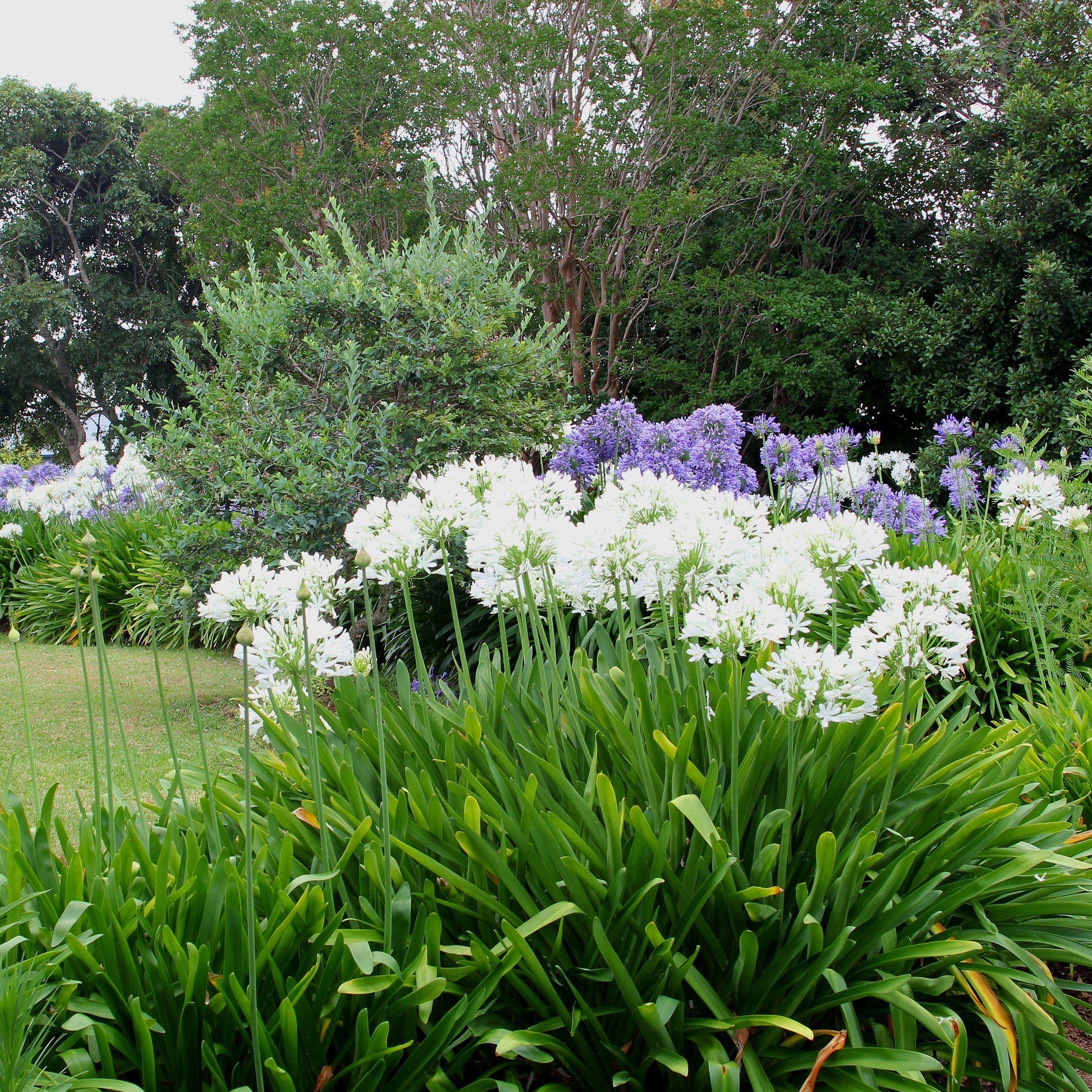Agapanthus Growing Conditions: Soil, Sunshine, and Watering
Agapanthus Growing Conditions: Soil, Sunshine, and Watering
Blog Article
Grasping the Art of Agapanthus Care: Vital Steps for Healthy Growth and Vibrant Blossoms
In the world of gardening, the farming of agapanthus stands as a rewarding undertaking for those that look for to nurture these elegant blooming plants. With their striking blooms and elegant foliage, agapanthus has recorded the attention of garden enthusiasts worldwide. However, accomplishing ideal growth and vibrant blooms calls for a nuanced technique that incorporates numerous crucial steps. From picking the appropriate range to grasping pruning methods, the trip towards cultivating prospering agapanthus plants is diverse and holds the key to opening the full possibility of these botanical gems.

Choosing the Right Agapanthus Variety

When picking the best Agapanthus variety for your garden, consider variables such as climate suitability, flower shade, and development habit. Furthermore, take into consideration the environment in your region to make certain the Agapanthus variety you select can thrive in your certain problems. Recognizing the growth behavior of different Agapanthus selections is vital for appropriate positioning within your garden.
Perfect Growing Conditions
Thinking about the ideal ecological requirements is essential for successful Agapanthus farming. Agapanthus grows in well-draining soil with a somewhat acidic to neutral pH degree. When planting, select a location that obtains full sunlight to partial shade. In hotter environments, offering some afternoon shade can prevent scorching of the leaves. Agapanthus plants are sensitive to chilly temperature levels and should be secured from frost throughout winter season.
To ensure healthy and balanced development and vivid blossoms, plant Agapanthus light bulbs at a depth of about 2-4 inches and area them 8-12 inches apart. Mulching around the base of the plants aids retain wetness and subdues weed development.
Watering and Fertilizing Tips
Maintaining correct wetness degrees and offering crucial nutrients are crucial elements in the treatment routine for Agapanthus plants. When it pertains to sprinkling Agapanthus, it is vital to strike a balance. These plants like continually wet soil however are prone to root rot if overwatered. Throughout the expanding season, water deeply as soon as a week, guaranteeing the dirt is well-draining to avoid waterlogging. In hotter climates or throughout periods of drought, even more constant watering might be required to keep the soil equally wet. Nonetheless, lower watering this content in the winter to protect against water logged conditions.
Feeding Agapanthus is important for advertising healthy and balanced growth and prolific blossoms. Apply a balanced plant food, such as a 10-10-10 formula, in the very early spring as brand-new growth emerges. Repeat this application every 6-8 weeks throughout the growing season. Avoid excessive fertilizing, as it can lead to rich foliage at the expenditure of blooms. Always comply with the manufacturer's guidelines for appropriate dilution and application approaches. By adhering to these watering and feeding pointers, you can guarantee your Agapanthus plants thrive and produce vibrant, lasting flowers.
Trimming Strategies for Agapanthus
Trimming Agapanthus plants at the ideal times and with proper techniques is crucial for preserving their health and promoting optimum development and flowering. The suitable time to prune Agapanthus remains in late winter or very early spring before new development emerges. Beginning by eliminating any yellowing or dead leaves near the base of the plant. Cut them as short as possible without damaging the arising shoots.
For flowered stems, wait until the blooms have perished and afterwards trim them back to the base. This not just cleans the plant's look but additionally encourages the advancement of new blossom buds. Deadheading invested blossoms can likewise redirect the plant's energy into generating even more blooms instead of setting seeds. Nonetheless, if you want to accumulate seeds for propagation, leave some flowers to dry and fully grown on the plant.
Keep in mind to make use of tidy, sharp tools to make precise cuts and reduce the threat of presenting conditions. Agapanthus. Normal trimming will certainly help maintain your Agapanthus looking neat and healthy while making sure an abundant screen of beautiful blooms
Handling Common Parasites and Conditions
After guaranteeing correct pruning techniques for Agapanthus, it is crucial to address common pests and illness that can affect the health and wellness and vigor of these plants. One common pest that impacts Agapanthus is the Agapanthus gall midget.
Additionally, Agapanthus plants like this can experience from root rot if they are planted in poorly draining dirt. By being alert and taking timely activity versus parasites and conditions, you can aid your Agapanthus plants flourish and create lively blossoms. Agapanthus.

Verdict
To conclude, understanding the art of agapanthus treatment involves choosing the best range, supplying excellent planting problems, proper watering and feeding, proper trimming methods, and dealing with common parasites and diseases. By following these necessary actions, you can make certain healthy and balanced development and vibrant blooms for your agapanthus plants. Remember to routinely monitor and preserve your plants to promote their overall health and long life.
To guarantee healthy and balanced growth and lively blossoms, plant Agapanthus light bulbs at a depth of concerning 2-4 inches and space them 8-12 inches apart. By following these watering and fertilizing tips, you can ensure your Agapanthus plants thrive and produce vivid, long-lasting blossoms.
One common pest that influences Agapanthus is the Agapanthus gall midge. Additionally, Agapanthus plants can suffer from root rot if they are planted in improperly draining dirt. By you can try here following these crucial steps, you can guarantee healthy development and vibrant flowers for your agapanthus plants.
Report this page